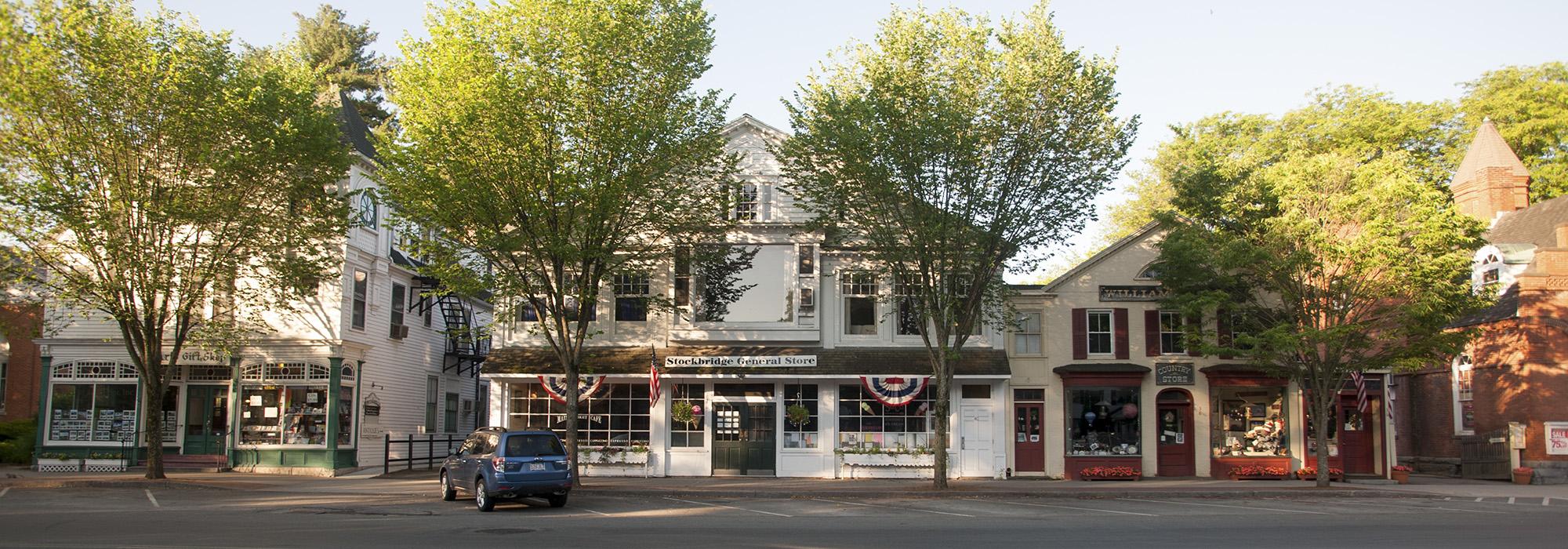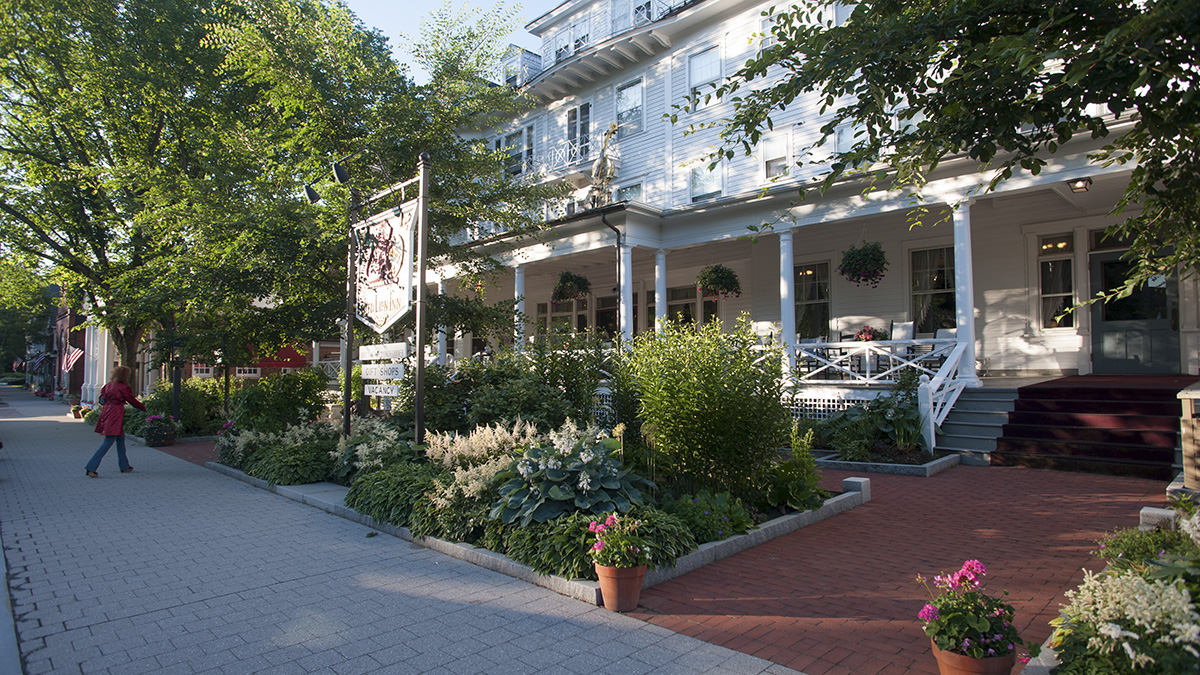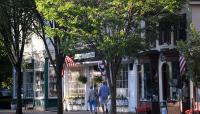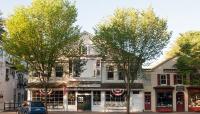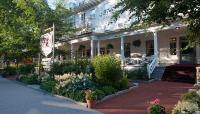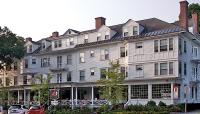Landscape Information
Founded in 1735 by missionary John Sergeant, this farming community was established on a level terrace above the Housatonic River’s floodplain. Surveyors laid out a typical New England village centered on the straight east-west road that connected Boston to Albany. The historic stretch of Main Street contains residential, commercial, and institutional structures (mostly of brick and clapboard) dating from the Colonial era through to the 20th century.
The picturesque quality of Stockbridge has been long maintained by its citizens. In 1786, rows of maples were first planted along Plain Street, later replaced by elms. In 1853, one of the country’s earliest civic beautification societies, the Laurel Hill Association, was established, which actively planted trees, conserved public parklands, and landscaped walkways and the Stockbridge Cemetery.
After the arrival of the Housatonic Railroad in 1842, Stockbridge became a resort community for wealthy “cottagers,” who built grand homes and recreational edifices along Main Street. Residential lawns and gardens are separated from the street by sidewalks and wide, grassy shoulders. The sidewalks in the denser commercial section are furnished with concrete and wooden benches shaded by small roadside trees planted near the curbs. The nucleus of the commercial center is the Red Lion Inn, founded in 1773 as a general store, stagecoach stop, and tavern. After nearly being destroyed by a fire in 1896, it was restored in the Colonial Revival style. The inn was saved from demolition in 1968 by John and Jane Fitzpatrick.
Stockbridge’s Main Street was listed as a historic district in the National Register of Historic Places in 2002.



